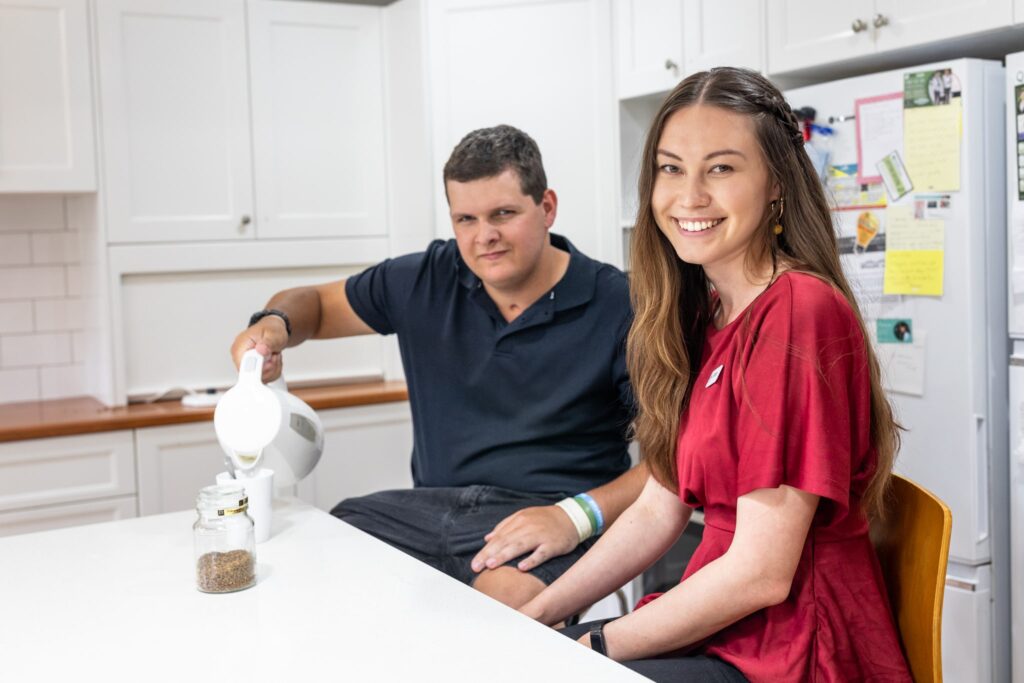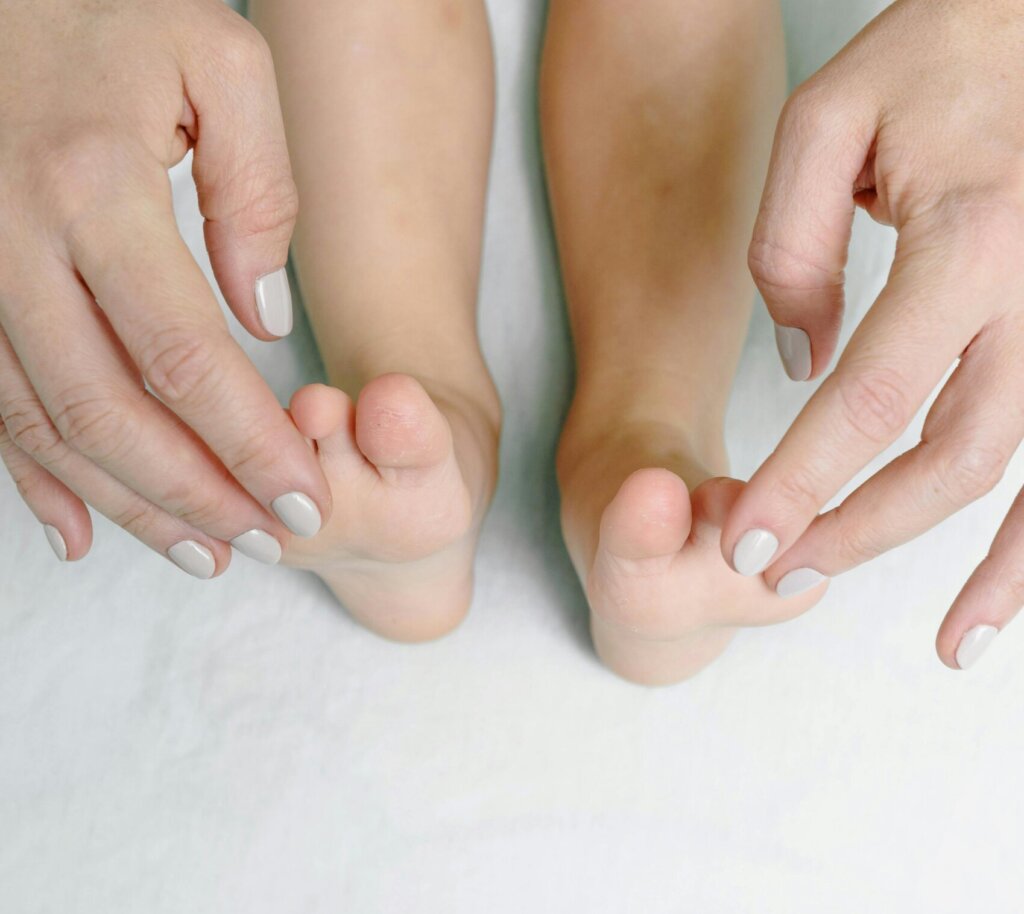What’s the Best Therapy for You? Occupational Therapy vs Physical Therapy
Recent Posts

Choosing the right therapy can make a big difference in improving your quality of life. While occupational therapy (abbreviated as OT) and physical therapy (abbreviated as PT) are sometimes grouped together, they focus on distinct aspects of rehabilitation and wellness.
If you are wondering what is the difference between occupational therapy and physical therapy, and which type of therapy you need, read on as we explore what sets them apart, as well as their similarities.
My Therapy Crew offers both OT and PT in various locations around Brisbane and the Sunshine Coast, call us on 07 3139 1202 to find out how we can help you.
Table of Contents
What is Occupational Therapy?
So what does an occupational therapist do? An occupational therapist helps people participate in daily activities (or occupations) that are meaningful to them. These activities could range from self-care, such as bathing and dressing, to work-related tasks or leisure activities. OT helps individuals improve their ability to perform these activities by addressing physical, emotional, or cognitive challenges.
How is OT Accessed Through the NDIS?
The National Disability Insurance Scheme (NDIS) funds occupational therapy for participants with a disability that affects their ability to perform everyday tasks. Through the NDIS, individuals can access assessments, intervention plans, and assistive technology, such as wheelchairs or modified utensils, to enhance their independence.
For more information about OT and the NDIS, visit NDIS Occupational Therapy Supports.
What is Physical Therapy?
Physical therapy focuses on improving movement, strength, and overall physical function. PT is often used after an injury, surgery, or illness to restore mobility, reduce pain, and prevent further complications. Treatments often include exercises, stretches, and manual therapies like massage.
How is PT Accessed Through the NDIS?
The NDIS also funds physical therapy for participants who need help managing their physical health. This may include interventions to improve mobility, manage chronic pain, or recover from injuries. Like OT, PT under the NDIS focuses on tailored plans to meet individual goals and improve overall quality of life.
For more details, check out NDIS Physiotherapy Services.
The Differences Between Occupational Therapy and Physical Therapy
While occupational therapy and physical therapy share the goal of improving lives, they differ in their focus and approach. Occupational therapy is centered on enabling individuals to perform daily tasks and activities, such as getting dressed, cooking, or returning to work.
For example, an occupational therapist might work with a stroke survivor to relearn how to use utensils for eating or teach someone with arthritis how to safely bathe using adaptive equipment like grab bars or shower chairs.
Physical therapy, on the other hand, focuses on improving movement, strength, and overall physical function. A physical therapist might help someone recovering from knee surgery regain strength and flexibility through targeted exercises. Similarly, they may assist someone dealing with chronic back pain by creating a stretching routine to alleviate discomfort and enhance mobility.
The tools and techniques used also differ. Occupational therapists often incorporate adaptive equipment, home modifications, and skill-building exercises into their treatment plans. In contrast, physical therapists rely on therapeutic exercises, manual therapy, and devices like braces or crutches to restore physical function.
While OT addresses a broader range of physical, emotional, and cognitive challenges to promote independence, PT hones in on the physical mechanics of the body to optimize movement and reduce pain. Both play a vital role in rehabilitation, but their methods are tailored to different needs.
| Aspect | Occupational Therapy | Physical Therapy |
| Focus | Enhancing the ability to perform daily tasks. | Improving physical movement and strength. |
| Approach | Holistic, addressing cognitive, emotional, and physical challenges. | Primarily physical, targeting muscles, joints, and overall mobility. |
| Goals | Promoting independence in everyday life. | Reducing pain and improving movement efficiency. |
| Tools & Techniques | Adaptive equipment, home modifications, and skill training. | Therapeutic exercises, stretches, and manual therapy. |
The Similarities Between Occupational Therapy and Physical Therapy
Despite their differences, OT and PT share many similarities:
- Rehabilitation Goals: Both aim to improve quality of life by enhancing functionality.
- Tailored Plans: Each therapy develops individualized treatment plans to address specific needs.
- Multidisciplinary Collaboration: Both therapists often work together to provide comprehensive care.
- NDIS Access: Both therapies are accessible through the NDIS for eligible participants, making them affordable and tailored to personal goals.
Which Therapy Do I Need?
Choosing between OT and PT depends on your specific needs:
- Choose OT if you struggle with daily activities like dressing, cooking, or using tools.
- Choose PT if you need help recovering from an injury, managing pain, or improving mobility.
- Consider Both if you face challenges in both mobility and daily functionality.
Still unsure? Our team at My Therapy Crew is here to help! Contact us today on 07 3139 1202 or fill out the form below. At My Therapy Crew, we can guide you through this decision and help you access the right support through the NDIS.





